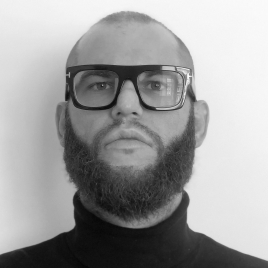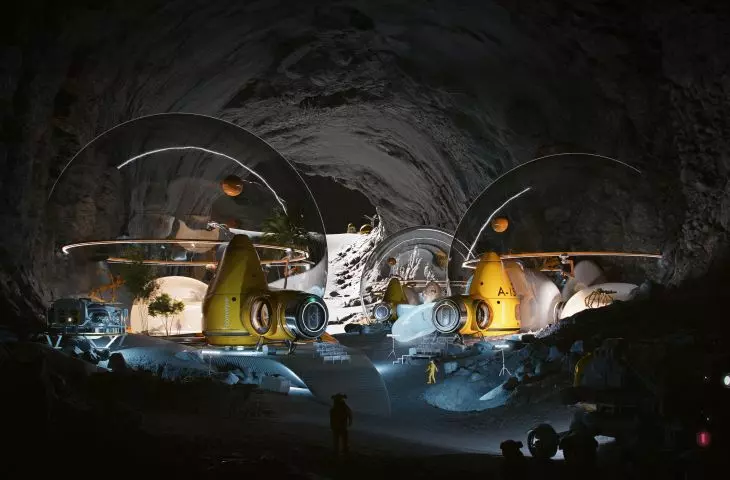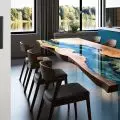Log in
Register
or
or
* fields required for registration; data can be completed in account settings after logging in
** establishment of a student account follows verification of the validity of the student ID card
Contact us


|
Email
|

|
Website
|

|
Phone number
|
| * click on the selected item to view its data | |
Jakub Pietryszyn
Jakub Pietryszyn is an architect originally from Poland, living in Warsaw. His work is closely associated with futuristic minimalism and space architecture, inspired by brutalism and heavy industrial structures. Pietryszyn that architecture and design can take humanity further, to the point where we can proudly call ourselves a multi-planetary species. Currently, Jakub is focused on gaining knowledge on possible ways to create the first human settlements on alien worlds, residence designs and interior designs for private investors.
Throughout his career, Jakub has gained experience and contributed to architecture with studios such as MAZM, KAPS, Studium and Chmielewski + Partners. He has worked on numerous projects, including private residences, public buildings, heavy industry and commercial facilities.
In recent years, Jakub has successfully completed both online courses and on-site educational programs closely related to space and space-oriented design. The courses have allowed interaction and collaboration with experts in the field of space architecture, such as LIQUIFER Systems Group, Lunares/Space is More and AAKA Space Studio. Pietryszyn has actively participated in architectural competitions focused on creating settlements on celestial bodies such as the Moon and Mars - some of his habitat technology concepts have won international recognition. Blompod, a lunar habitat, has been published on platforms such as designboom and archdaily. In addition, his concept for Coral Pod, the first settlement on Mars, won first prize in the Alternate Realities 3 competition.
Jakub Pietryszyn specializes in space architecture closely related to industrial design - his projects and research rely on modern technologies, such as inflatable structures, or only futuristic ones using biological materials.
Architektura & Biznes – articles












